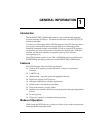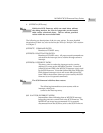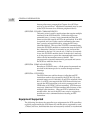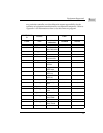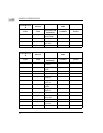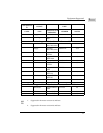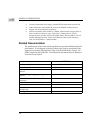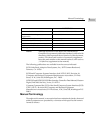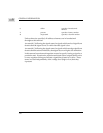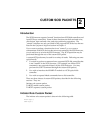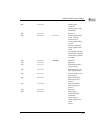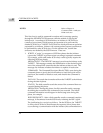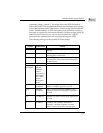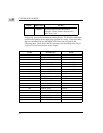
GENERAL INFORMATION
1-2
1
Interrupt mode is the most processor-efficient mode of operation.
Multitasking is allowed for TARGETs that support arbitration, reselection,
and the message-out phase.
When using the interrupt mode, you must specify the interrupt level in the
packet description (refer to the packet descriptions in Chapter 7).
The processor is returned to the caller; i.e., the driver in most applications,
whenever the SCSI bus is slowed down (between phases), or whenever the
TARGET disconnects with a pending reselection; this allows commands on the
bus to be overlapped.
Polled mode is a slow, processor-inefficient mode of operation.
Provided for the user who cannot tolerate interrupts.
This mode is selected by specifying level 0 in the user packets.
Only a single thread is provided on the SCSI bus.
When you branch to the command entry, the processor stays in the SCSI
firmware until the command is finished or until interaction is required (refer
to the MVME147 SCSI Firmware Entry Points section that follows to perform a
command in this mode).
Exceptions; e.g., bus parity errors are checked by polling the registers in the
WD33C93. This checking method is slow.
Therefore, this non-interrupt polled mode is recommended only for
applications that cannot tolerate interrupts.
MVME147 SCSI Firmware Entry Points
The SCSI firmware provides six entry points via the branch table located in the
non-volatile RAM and contains jump instructions to the SCSI firmware in the
debugger EPROMs. You are advised to use the non-volatile RAM entry
addresses instead of the ROM addresses because in future debugger releases
the SCSI firmware may move within the EPROMs. The branch table offsets
are:
1. $FFFE077C (command entry)
2. $FFFE0782 (reactivation entry)
3. $FFFE0788 (interrupt entry)
4. $FFFE078E (FUNNEL command entry)
5. $FFFE0794 (come-again entry)



